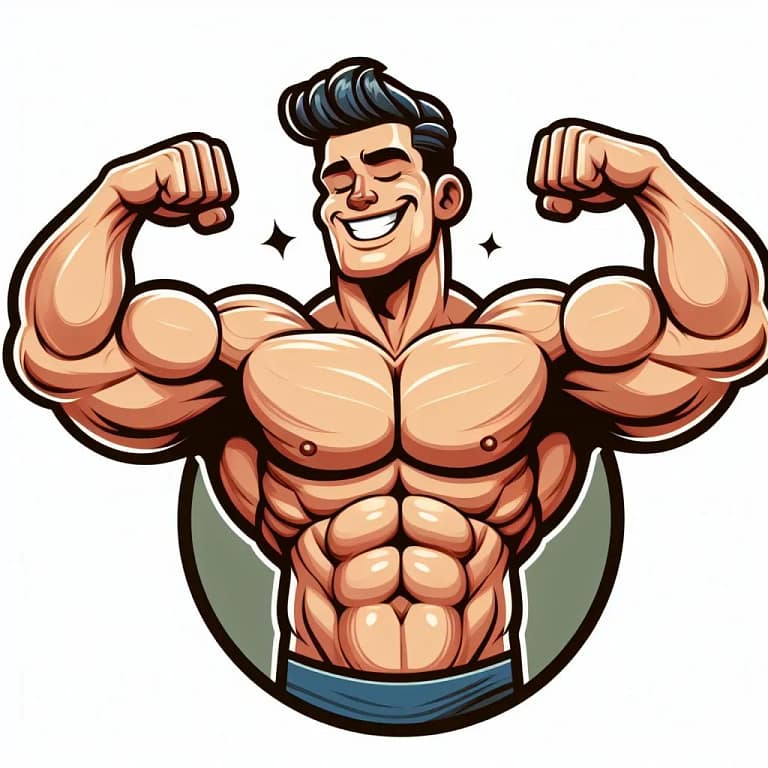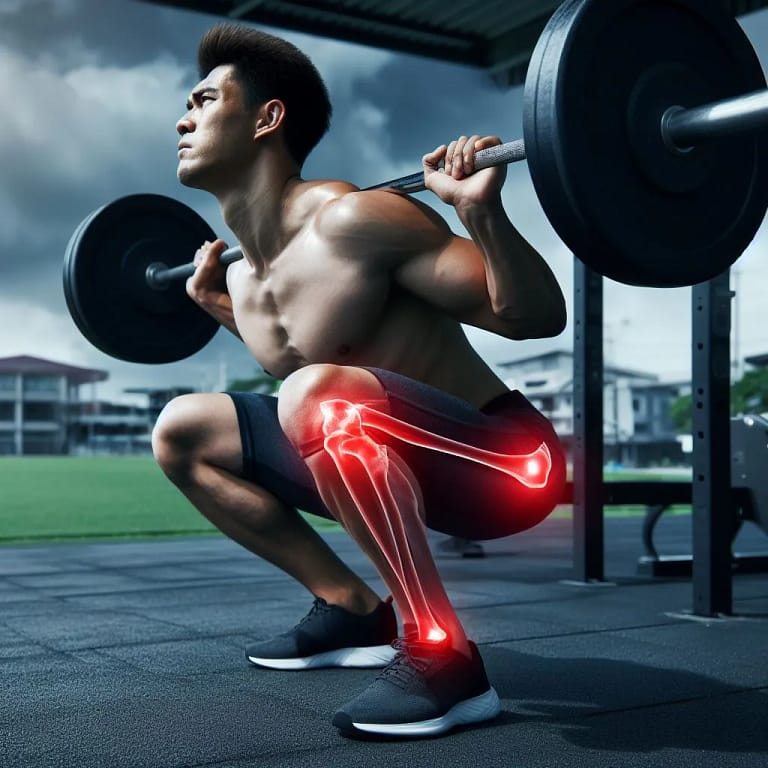You Can’t Avoid the Deadlift
The article discusses the importance of deadlift training for overall health and fitness, emphasizing that deadlifting is an essential movement we perform daily, whether lifting objects or performing other physical tasks. It highlights five key benefits of deadlifting: strengthening the posterior chain (which includes the glutes, hamstrings, and back), improving core stability and posture, enhancing mobility and flexibility, and increasing general physical preparedness for everyday activities. The article also stresses the importance of safety and proper technique when performing deadlifts, suggesting complementary exercises to build a strong posterior chain and prevent injuries.
5 Reasons to Train with sets of 5
Strength training with sets of 5 repetitions is an effective approach that enhances strength, improves technique, and promotes muscle growth. Using fewer reps allows for heavier weights, which recruits more muscle fibers and aids in faster strength gains. The controlled, focused reps reduce the risk of injury, make workouts more efficient, and help manage fatigue. Whether you’re a beginner or experienced lifter, sets of 5 can be tailored to your skill level, supporting overall fitness goals through increased power, better form, and adaptable training.
Single Leg Squats
A very simple leg exercise you can do anywhere to equalize leg strength and improve back and hip pain as well Do you want a very simple leg exercise that you can do anywhere to increase quad size, improve knee health and boost athletic performance? I’m going to assume your answer is “hell yeah!” because…
Alternatives to Bench Press for Shoulder Health and Chest Growth
How to improve shoulder health, and build a great chest without the bench press How much do ya bench? Everyone loves to bench press. It is a very effective exercise for building overall upper body strength due to the amount of weight you can use to overload your muscles. But it has shortcomings too. It…
Fixing Anterior Hip Pain While Squatting
the gluteus maximus is important in stabilizing the lower back and sacroiliac joint, and its impact on overall athletic ability. Glute dysfunction, often caused by tight hip flexors and limited hip external rotation due to prolonged sitting, can lead to chronic joint pain. The article suggests corrective exercises like the couch stretch and piriformis stretch to improve hip flexibility. It also outlines strength training exercises such as barbell hip thrusts, sumo deadlifts, good mornings, and booty band back squats to activate and strengthen the glutes, promoting spinal health and preventing lower back pain. Proper glute training is emphasized as crucial for overall well-being and injury prevention.
Fixing your Lower Back and Sacroiliac (SI) Joint by Targeting One Muscle
The gluteus maximus, the body’s largest muscle, plays a pivotal role in maintaining spine stability and upright posture. However, prolonged sitting can weaken this muscle, causing tight hip flexors and reduced hip rotation. This dysfunction can lead to chronic joint pain and problems with the sacroiliac joint, which, when compromised, may result in lower back pain. To address these issues, exercises such as the Couch Stretch and Piriformis Stretch can alleviate tightness and restore hip functionality. Additionally, strength training exercises, including Barbell Hip Thrust, Sumo Deadlifts, and Good Mornings, can effectively target and fortify the glutes. Properly training the glutes can not only enhance athletic performance but also prevent potential spinal and joint issues.





